Through the GAIN project, funded by EU Horizon 2020 Fund, Spanish facility’s farm management, decision-making taken to a new level
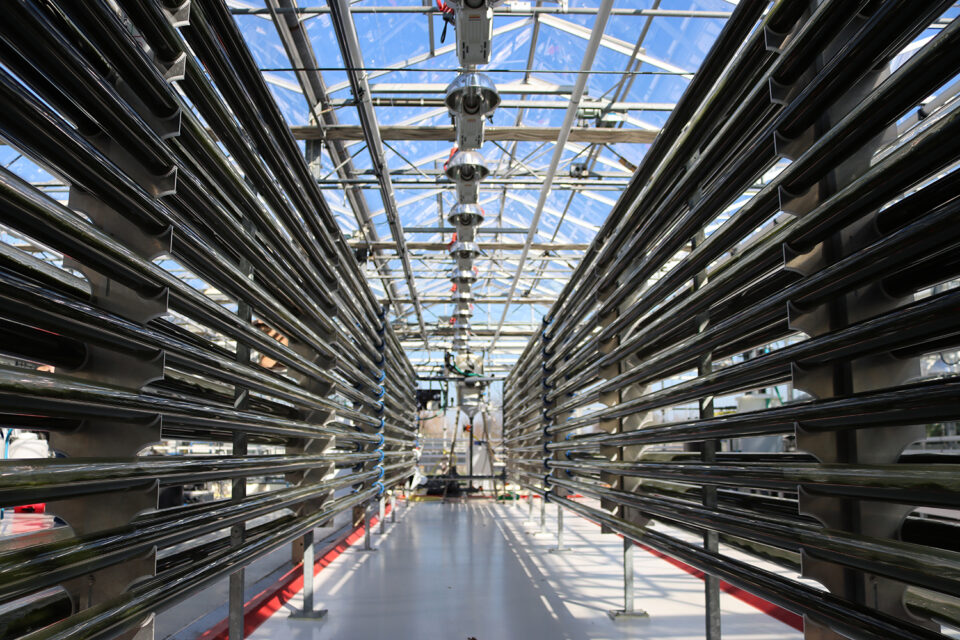
This is the second article in our series on “Sustainable Feeds.” This is part of a larger three-part series on sustainable aquaculture intensification in Europe, focused on “Precision Aquaculture,” “Sustainable Feeds” and “Circular Economy.” This work from the GAIN project is funded by the EU Horizon 2020 Fund. Each part in this series takes provides an introductory glance at the three topics, then explains how outputs from the GAIN project are contributing towards it, including the applicability to industry and governance.
As aquaculture attempts to move away from becoming dependent on fishmeal and fish oil, farmers must ensure that feed continues to provide the best nutritional profile for the wellbeing of their animals. This includes supplementing vitamins and minerals that would otherwise be provided through fishmeal and fish oil. Most research has focused on microalgae as primary producers for omega-3 fatty acids (EPA/DHA), potentially replacing expensive and unsustainable fish oil from fisheries. Until now, little research has been done on its additional potential for mineral supplementation.
Researchers at Wageningen University are pioneers in the investigation of selenium-enriched marine microalgae as an important mineral supplement in sustainable feeds. Selenium is essential for fish development and immune system functioning. Selenium deficiencies can affect the growth, increase mortalities, and hinder the immune response.
But not all supplements are created equal. Some inorganic mineral mixes are less “bioavailable,” which means that the nutrient or mineral is in a form can be absorbed in the gut, rather than simply passing through as waste. Researchers have found that selenium-enriched microalgae is a more bioavailable source of the mineral in comparison to traditional inorganic mineral mixes containing selenium. Selenium in microalgae can be stored in amino acids, which are fundamental in the fish diet.
The marine microalga Nannochloropsis oceanica, already used in aquaculture, was selected for its robustness, its high EPA content, and its ability to grow in a variety of cultivation media. This enrichment process has been demonstrated at industrial scale and is already being used by SPAROS, a GAIN project partner.
Selenium-enriched microalgae have high bioavailability, can be cultured year-round, and are non-disruptive, adding value to ingredients that are already being used in the feeds.
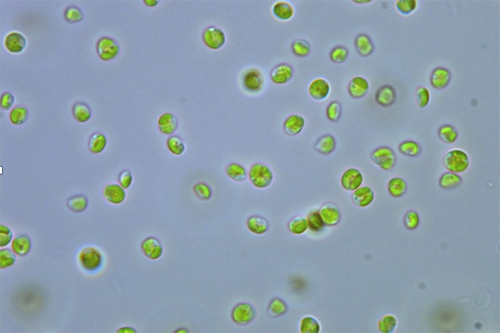
The selenium content of terrestrial-sourced ingredients varies based on the soil composition and lack the optimum ratios of amino acids. In contrast, the uptake of selenium into the microalgae can be controlled, so that the selenium content can be specified to the needs of each fish and developmental stage of production. In this way, selenium-enriched algae is not only a more efficient use of resources, but also improves the welfare and associated productivity of the animals.
While fish can digest a variety of microalgae species, not all microalgae species can be enriched with the required quantities of selenium needed for aquafeeds. We found that sodium selenite was the most suitable form of Se for our marine microalgal strain and the concentration in the biomass met the legislative requirements of 0.5 mg Se/kg of aquafeed.
The biomass harvested was dried and sent to the industrial partner SPAROS, which incorporated the microalgae into the aquafeed for further fish trials within the project. The results from this study of selenium production in the microalgae Nannochloropsis oceanica are currently being prepared for publication and should be available this year in the form of an open-access article.
Future work will aim to evaluate the bioavailability of selenium in other ingredients such as selenium-enriched yeast and macroalgae with fish feed trials in sea bream.
If you’re interested in reading more about our work, please read our publications here and here.
Now that you've reached the end of the article ...
… please consider supporting GSA’s mission to advance responsible seafood practices through education, advocacy and third-party assurances. The Advocate aims to document the evolution of responsible seafood practices and share the expansive knowledge of our vast network of contributors.
By becoming a Global Seafood Alliance member, you’re ensuring that all of the pre-competitive work we do through member benefits, resources and events can continue. Individual membership costs just $50 a year.
Not a GSA member? Join us.
Authors
-
Bárbara O. Guimarães
Ph.D. candidate in Bioprocess Engineering, Wageningen University
-
Alexandra Pounds
Assistant Researcher in Aquatic Food Security, Institute of Aquaculture, University of Stirling
Related Posts
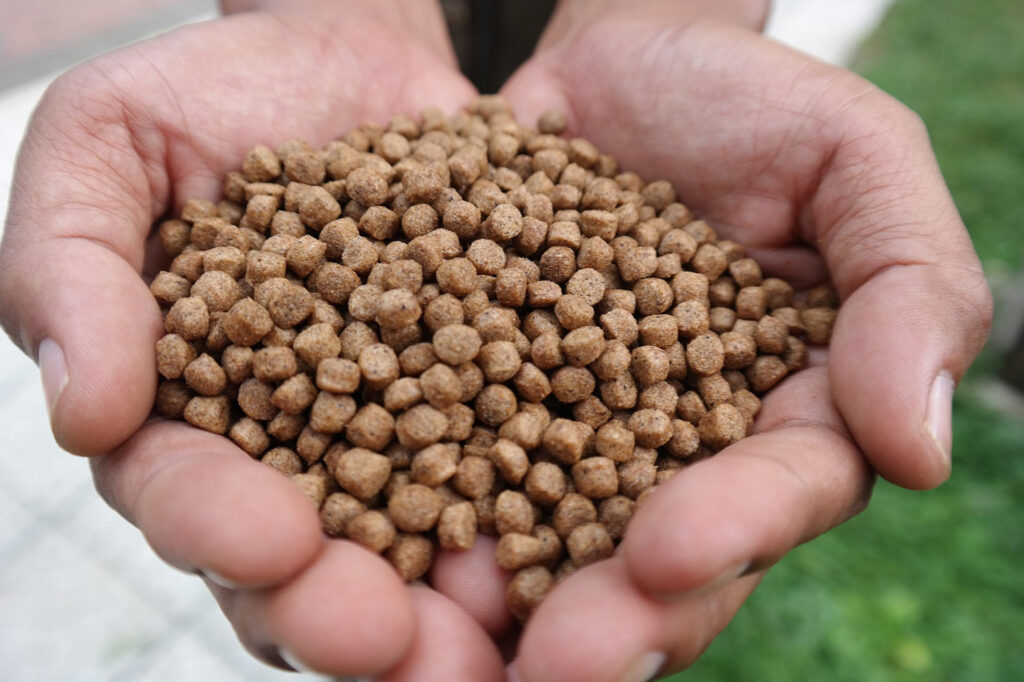
Aquafeeds
A primer on sustainable feeds: Improving aquafeeds for sustainability, fish welfare and human nutrition
Improving aquafeed formulations can augment the sustainability and efficiency of aquaculture production – a new series from the GAIN project.

Aquafeeds
Omega-3 levels fall in farmed salmon but it’s still a top source
Reformulating aquaculture feeds, an industrywide initiative to reduce dependence on wild fish, has changed farmed salmon’s nutritional profile, as BBC News reported recently. The researchers on whose work the report was based say of course it has, yet it remains one of the best sources for these crucial fatty acids.
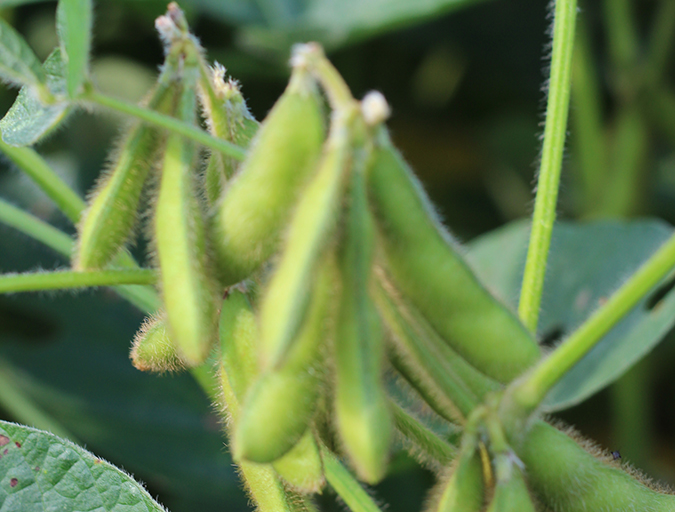
Intelligence
Omega-6s and the threat to seafood’s healthy halo
Research shows farmed fish fed diets heavy on vegetable oils have higher amounts of omega-6s and lower amounts of omega-3s, compared to fish fed diets heavy on fish oil. We take a deep dive into the relationship between the two fatty acids.
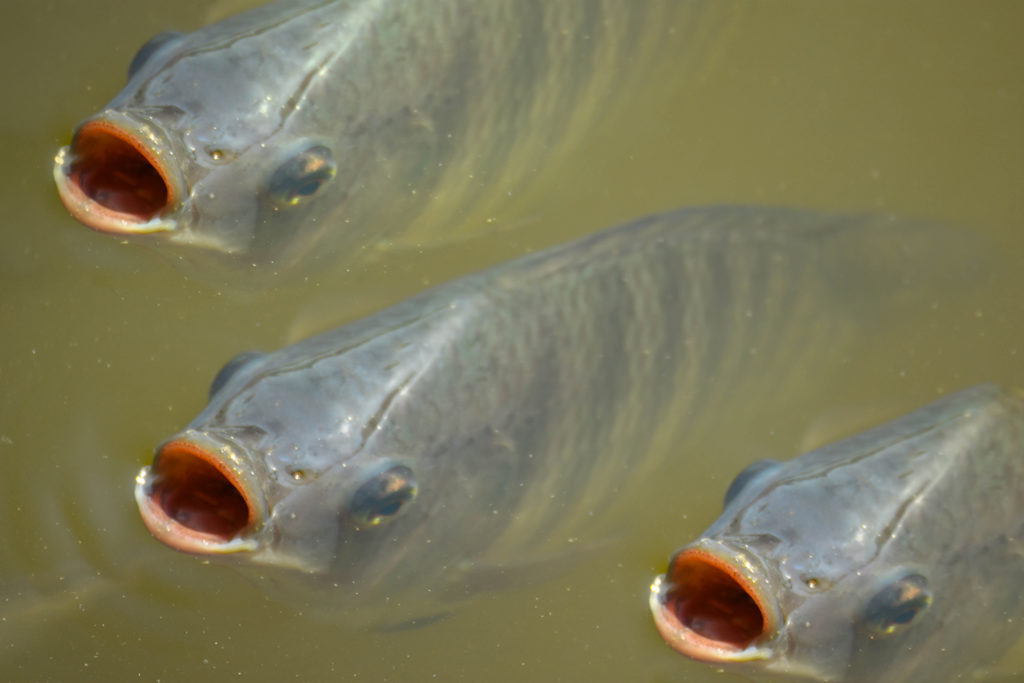
Aquafeeds
Fish nutrition will fuel aquaculture’s future
Dr. Monica Betancor, a lecturer at the University of Stirling, talks about the “intrinsic link” between fish nutrition and, ultimately, human health.



